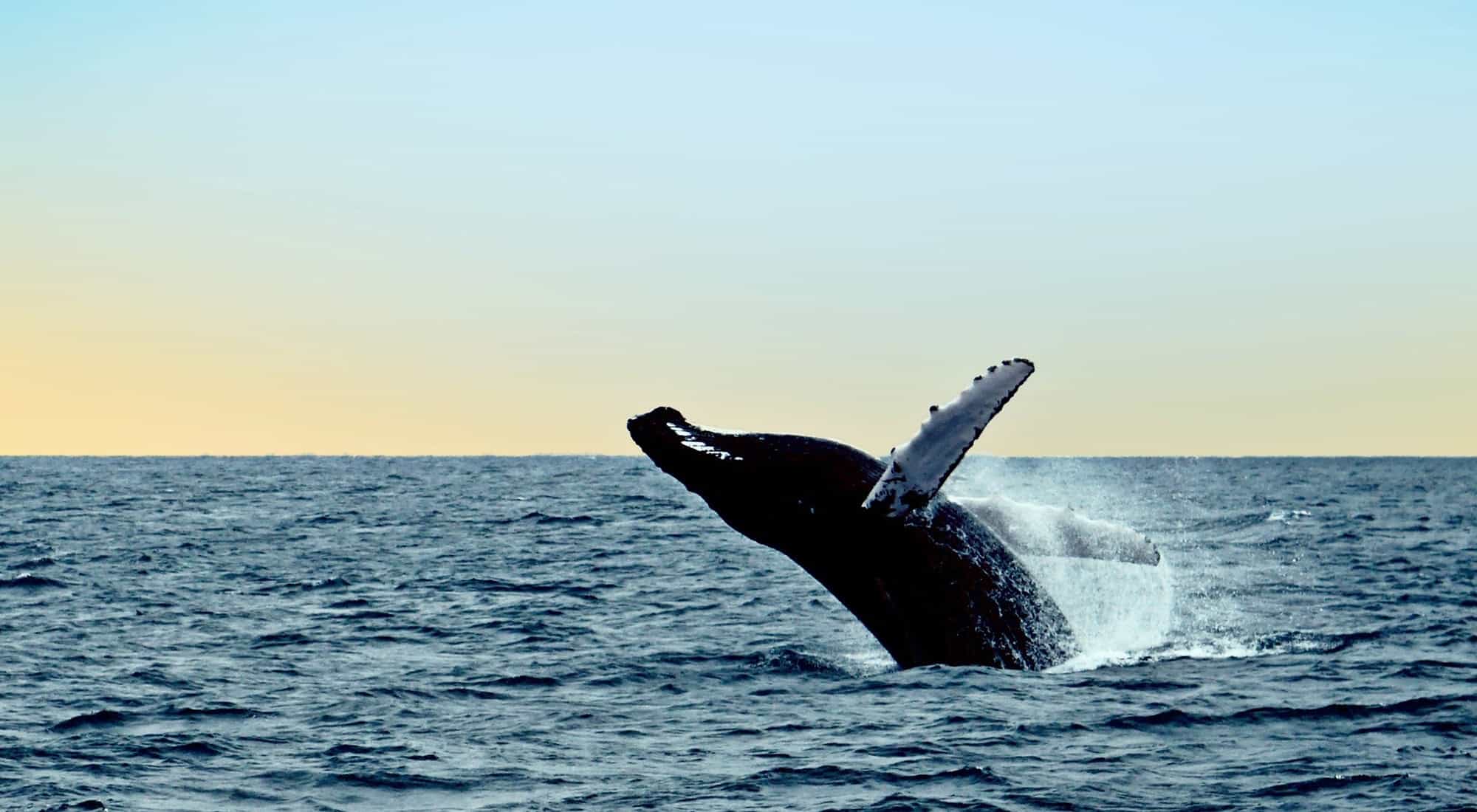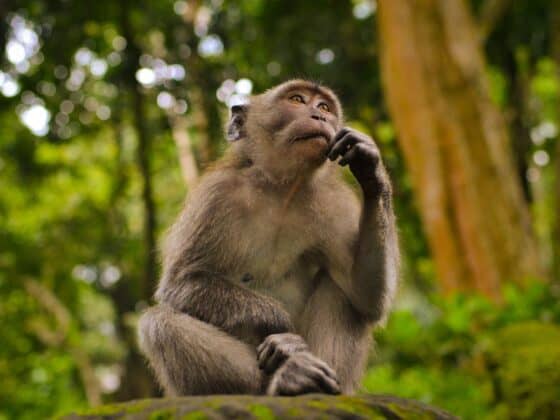Whale watching is a major tourist attraction along Ecuador’s coast. A prime site to see these massive mammals is around Isla de la Plata but whales travel the entire length of Ecuador’s shores and well beyond.

Between June and September each year, groups of up to 10 individuals of this gregarious species make the 7200-km-long trip from their Antarctic feeding grounds to the equator. They head for these warmer waters to mate and calve. Inspired by love – we presume – the humpbacks become real acrobats. Watching them breach (jump almost completely out of the water) is the most exciting moment of any tour. Not far behind, though, is listening to them ‘sing’. Chirrups, snores, purrs and haunting moans are all emitted by solitary males eager to use their chat-up techniques on a prospective mating partner. These vocal performances can last half an hour or more.
Adult humpbacks reach a length of over 15 m and can exceed 30 tonnes in weight. The gestation period is about one year and newborn calves are 5-6 m long. The ventral side of the tail has a distinctive series of stripes which allows scientists to identify and track individual whales.
Humpbacks got their English name from their humped dorsal fins and the way they arch when diving. Their scientific name, Megaptera novaeangliae, which translates roughly as ‘large-winged New Englanders’, comes from the fact that they were first identified off the coast of New England, and from their very large wing-like pectoral fins. In Spanish they are called ballena jorobada or yubarta.
These whales’ thick blubber and slow swimming made them all too attractive for whalers during the 19th and 20th centuries. Protected by international whaling treaties since 1966, the humpbacks are making a gradual recovery. Ironically, the same behaviour that once allowed them to be harpooned so easily makes the humpbacks particularly appealing to whale watchers today. The difference is that each sighting is now greeted with the shooting of cameras instead of lethal harpoons.










